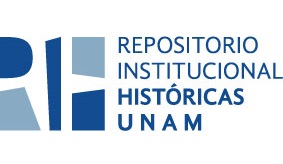Life Patterns and Social Differentiation in Late Colonial México City
Abstract
Mexico City, in the fifty years between 1770 and 1820 was far and away the largest urban entity in the Americas, with a population ranging between about 80000 and 120000 people in this period. As a center of both production and consumption and the headquarters of the numerous agencies in the political and religious hierarchies, the capital had a major impact on the social organization and economic activities of rural areas and regional centers throughout the colony of New Spain. In its capacity as a mercantile entrepôt of the most prosperous colony in the Spanish empire at this time, Mexico City"s reach extended across half the globe, with its merchants directing operations and interchanges from at least Manila -and by extension China- to Spain -and by extension England.
xmlui.dri2xhtml.METS-1.0.item-relation
Kicza, John E.. "Life Patterns and Social Differentiation in Late Colonial México City". Estudios de Historia Novohispana, 11, 011 (1991): 183-200. Edición digital en PDF. Disponible en https://doi.org/10.22201/iih.24486922e.1991.011.3340, Disponible en Repositorio Institucional Históricas-UNAM, http://hdl.handle.net/20.500.12525/5771xmlui.dri2xhtml.METS-1.0.item-texto-completo
Acceder al recursoxmlui.dri2xhtml.METS-1.0.item-relation.ispartof
https://ru.historicas.unam.mx/handle/20.500.12525/5000
Except where otherwise noted, this item's license is described as http://creativecommons.org/licenses/by-nc-sa/4.0




